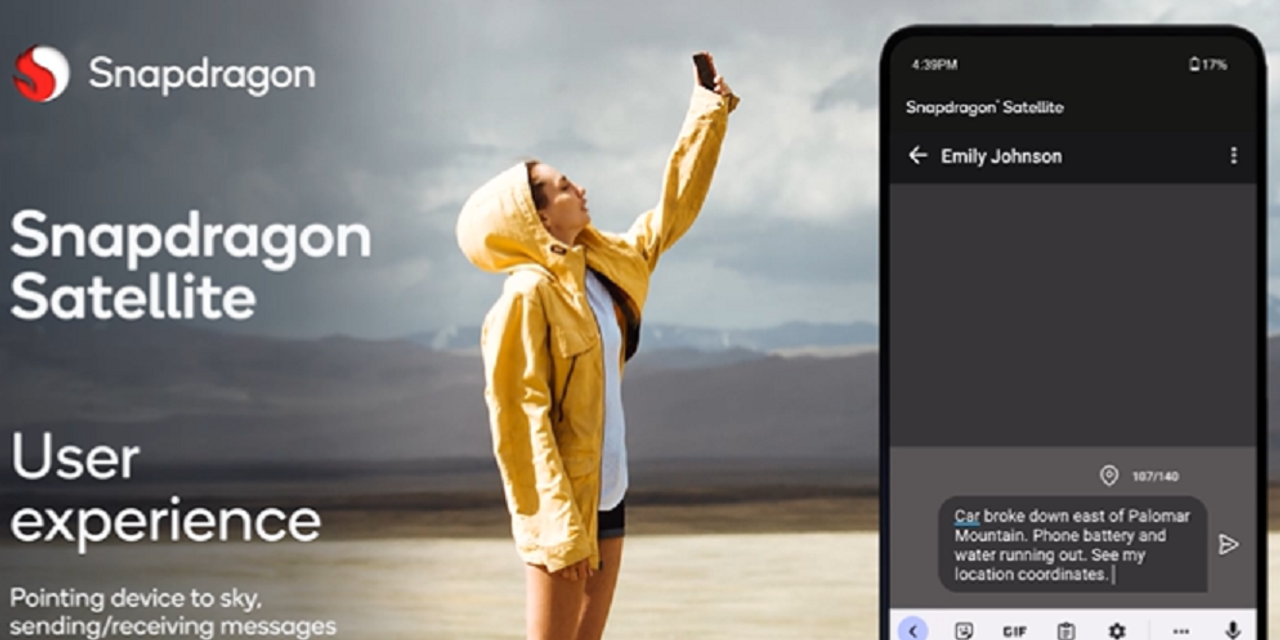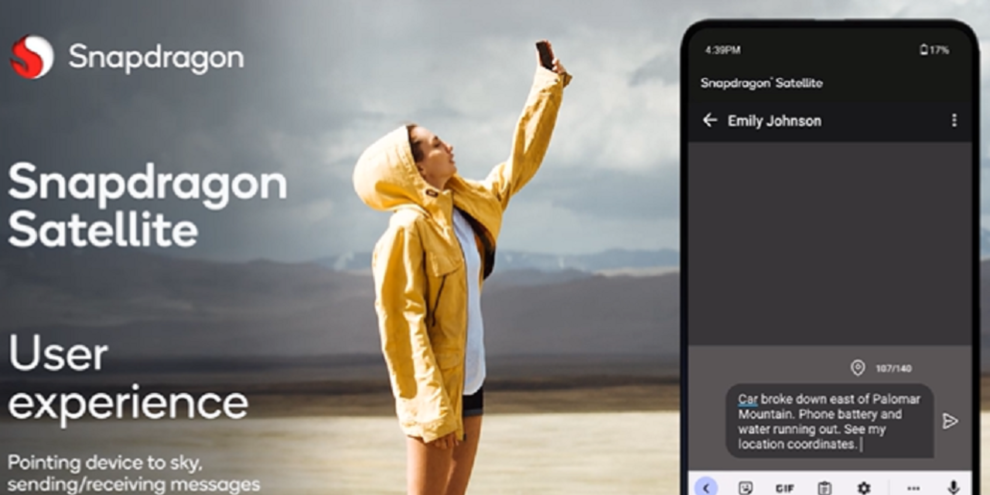
A previous version of this report incorrectly indicated that the Qualcomm Snapdragon satellite service did not need a gateway on the ground. It requires at least one gateway on the ground to connect a smartphone to a satellite. The story has been updated.
Qualcomm Inc. is looking to leapfrog Apple Inc. by offering emergency satellite phone service using Android smartphones, with specific product announcements expected by the middle of the year.
At the CES tech event in Las Vegas, Qualcomm QCOM, +5.43% announced it has partnered with satellite network Iridium Communications Inc. IRDM, +12.81% on Snapdragon Satellite, a service on which next-generation smartphones will run Google parent Alphabet Inc.’s GOOG, +1.60% GOOGL, +1.32% Android operating system.
By using an appropriate Android smartphone with a clear view of the sky, users outside the reach of cellular service will be able to send emergency SMS messages using a network of 66 satellites, Qualcomm said.
In a presentation to media, Francesco Grilli, Qualcomm’s head of product management, said the service has a faster turnaround time for text messages, sometimes as fast as 10 seconds, compared with a minute or more for other services in areas with no cellular service. To use the service, Android users will point their phones at the sky to link with an Iridium satellite.
For now, the service is just for messaging, which uses less bandwidth than voice services, which require a constant connection.
In September, shares of Globalstar Inc. GSAT, +6.11% were volatile after Apple Inc. AAPL, +3.68% announced a partnership with the satellite company to provide emergency services.
Unlike Globalstar, however, Snapdragon Satellite will only need a single satellite gateway on the ground for global coverage.
“If there is no gateway in the area where you are, you’re out of luck,” Grilli said of Globalstar. “So if you are in the middle of the ocean, there is no Globalstar gateway there, so you have no coverage.”
Qualcomm would not comment on specific original equipment manufacturers. The consumer-facing service will likely start in Western Europe and North America at a cost yet to be determined.







